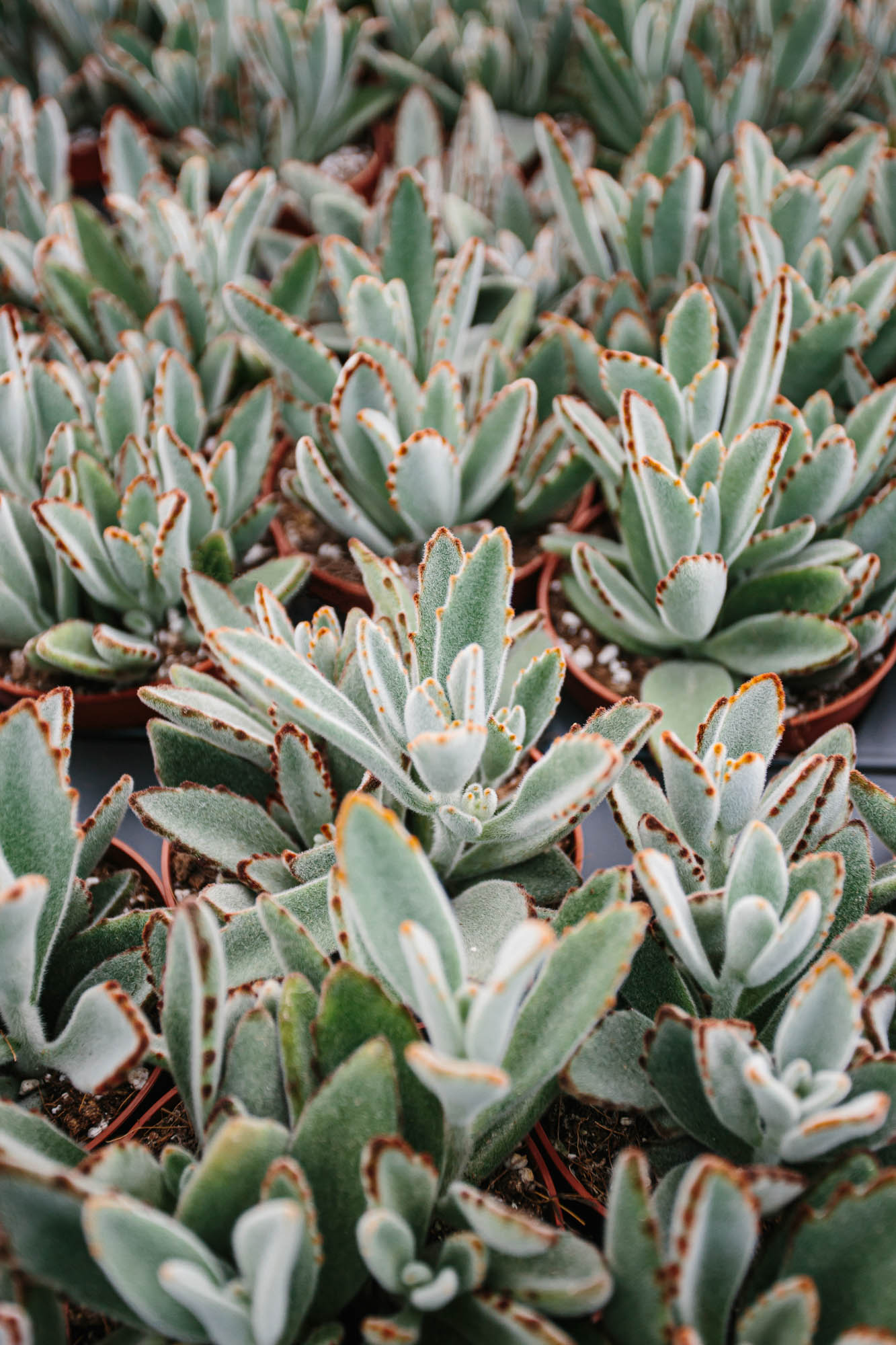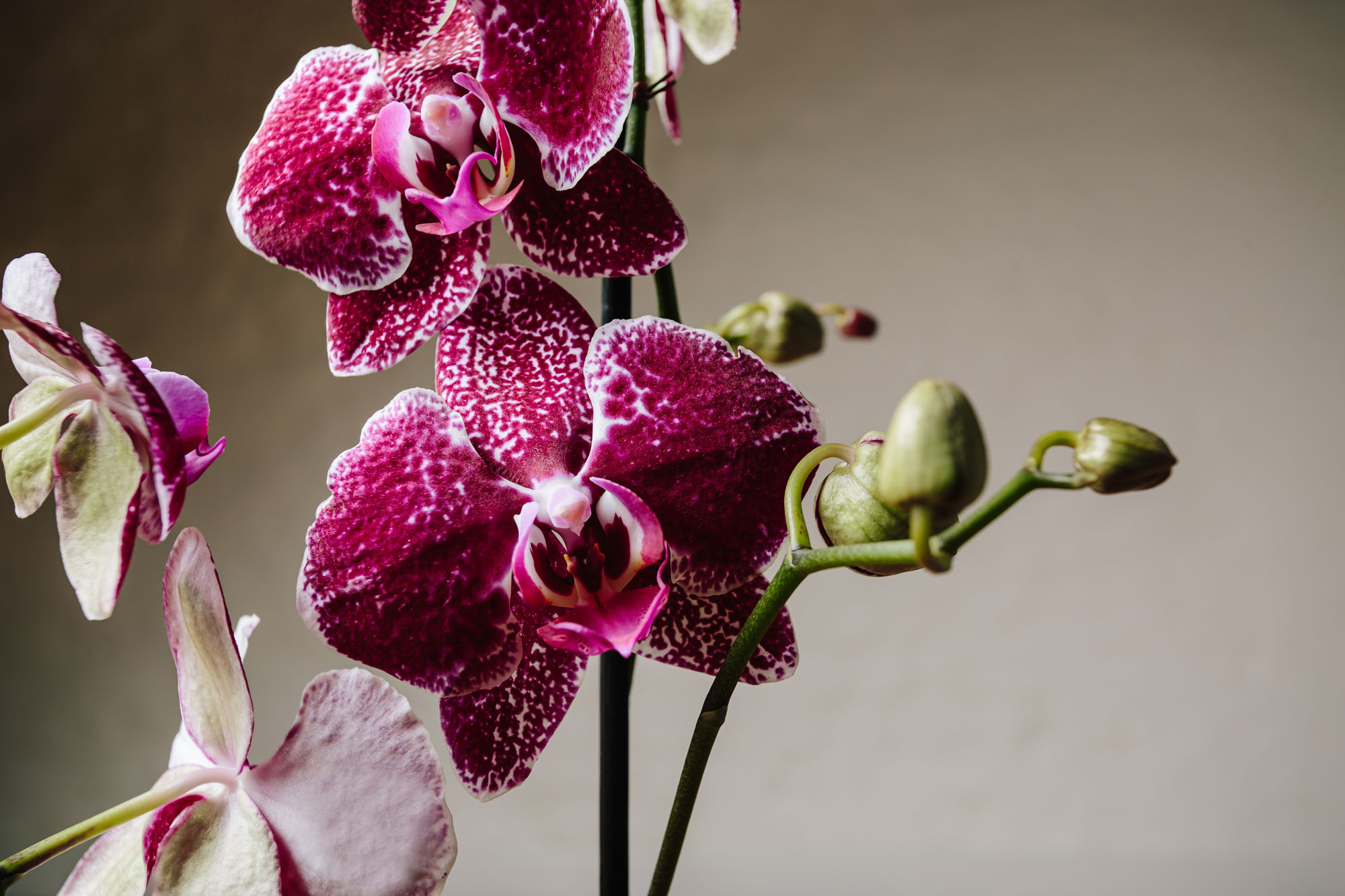
Winter Houseplant Care
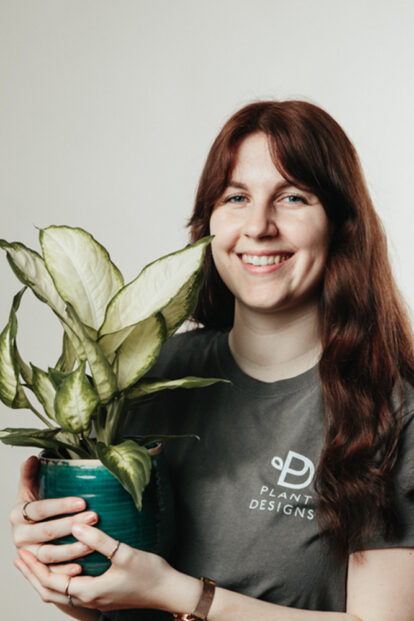
Words by Chloe
Essential tips for caring for your indoor plants during winter.
Now we’re in the depths of winter, you’re probably wondering how best to care for your beloved indoor plants and keep them safe from the seasonal chill. Thankfully for you (and your green friends), we’re sharing our tips on how to do this!
MAINTAIN TEMPERATURES
With many indoor plant species originating from tropical destinations, you might worry your plants will struggle with the winter chills kicking in. But fear not, your plants can tolerate much cooler conditions than you think, and with the added help of your newfound plant care skills, they’ll continue thriving throughout the winter.
One of our key pieces of advice is to keep temperatures consistent, you can do this by positioning your plants away from drafty windows, doors, or radiators. You’ll be glad to hear, there’s no need to rapidly turn up the heating. If you are worried about the temperatures your houseplants are in, you could invest in a room thermometer which will help you to monitor their environment.
Additionally, managing the humidity around your plants is super important in the winter. Try placing a tray filled with water and pebbles near them, as well as grouping plants together, which can help to create a microclimate with higher humidity and temperature, offering a collective shield against the cold.
MODERATE YOUR WATERING ROUTINE
In the colder months, one of the most important things to remember is that you need to adjust your watering schedule. With the drop in temperatures and sunlight, your plants will enter a slow growth period and they won’t absorb water as quickly.
During the winter, many people make the mistake of overwatering because they continue to water their plants with the same frequency as they did during summer. This can lead to waterlogged soil, causing root rot and ultimately damage your plants health. Keep an eye on your plants and adjust the watering schedule based on when they show signs of needing it.
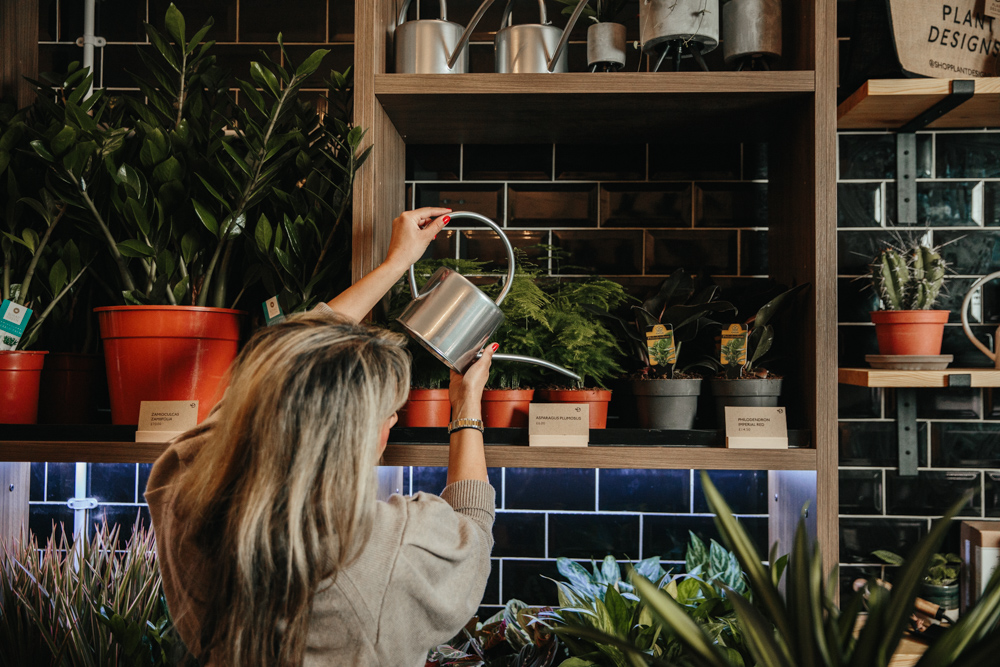
STRATEGIC PLANT PLACEMENT
As the days get shorter, you should try to shuffle your plants around to ensure they’re in the best location. Take a look at each of your plants light needs and move them around so they get a suitable amount of natural light.
Since plants grow slower in the winter, they don’t need as much light to stay healthy, but by placing them in well-lit areas and making the most of the daylight, you can fight off those winter blues. This smart plant rearrangement not only keeps them happy, but also encourages a bit of a restyle in the winter months.
REDUCE FERTILISATION
It’s not recommended or necessary to provide your indoor plants with fertiliser during the winter season, simply because their growth slows during this period and they don’t need as many nutrients. Over feeding can surprisingly be a problem, as it can cause an accumulation of salts in the soil which can harm the roots and disrupt the pH balance.
Leaving your plants to rest during this time of year will allow them to conserve energy for their spring growth spurt, so while it might be difficult to feed them less, you’ll be glad of it when spring comes around.
GENTLE PRUNING
As your plants enter a phase of dormancy, it’s time for some light pruning. Gently removing dead or damaged leaves will reduce stress on the plant and allow it to save energy. Plus, it’ll give you the chance to tidy up your plants and get them looking pretty.
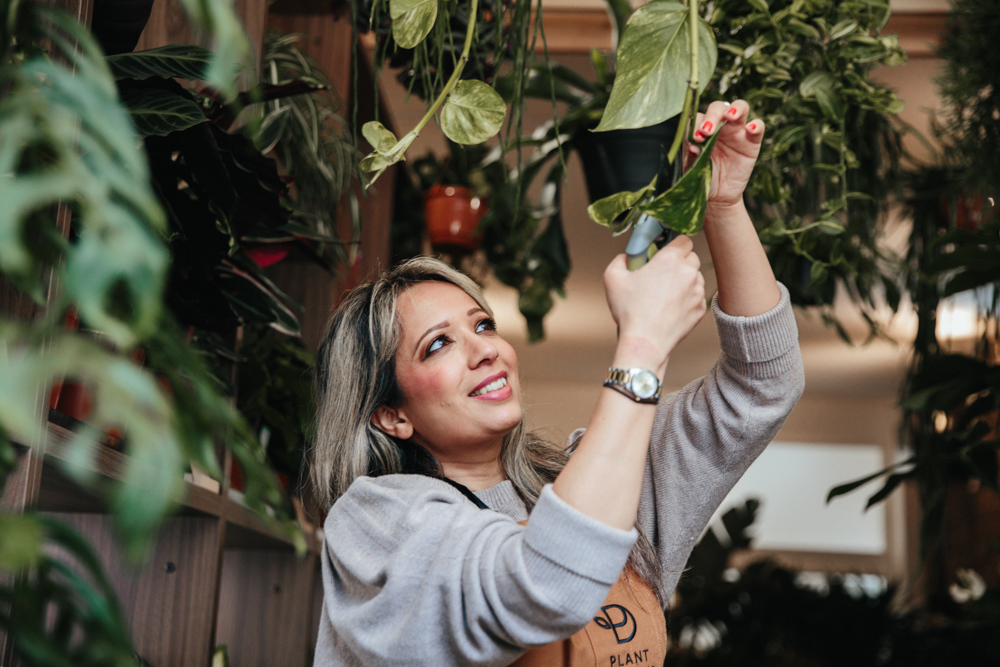
OBSERVE PLANT BEHAVIOUR
It is essential to consistently pay close attention to your plants during the colder months. If you notice any signs of stress or changes in leaf colour these can indicate adjustments needed in your plant care routine. Dropping leaves, slowed growth or unusual symptoms may require closer inspection and further research on the specific plant type and its own requirements. By familiarising yourself with your plants and their behaviour, you can proactively address their unique needs.
Whilst our services don’t extend to homes, we specialise in curating customised indoor and outdoor planting schemes to bring your offices to life, or spruce up an event with a bespoke display. Elevate your workspace with our expertise, creating a harmonious blend of nature and architecture.
To discuss how we can bring the benefits of plants to you and your office please get in touch by emailing info@plantdesigns.co.uk or filling out our contact form.
